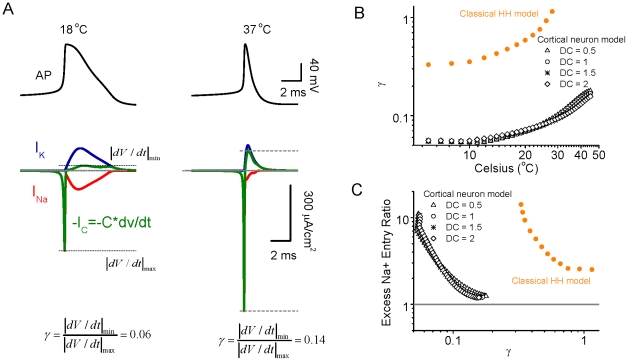Figure 3. The ratio of absolute minimal dV/dt to maximal dV/dt is affected by the overlap level of Na+ and K+ currents.
A. For a given action potential at 18°C, the Na+ and K+ currents have a large overlap, resulting in a cancelled effect in the total membrane charge current C*dV/dt and the ratio of absolute minimal dV/dt to maximal dV/dt ratio is small, approximately 0.06. For a given action potential at 37°C, the Na+ and K+ currents exhibit significantly less overlap, leading to a relatively large minimal dV/dt peak (similar in amplitude-time course as IK), while the maximal dV/dt peak resembles the amplitude-time course of INa. The absolute minimal dV/dt to maximal dV/dt is increased to 0.14. B. The ratio γ (defined as the ratio of absolute minimal dV/dt to maximal dV/dt) increases as a function of temperature for both classical HH neuron and cortical neuronal models, owing largely to the decrease in overlap of Na+ and K+ currents with increases in temperature. C. The excess Na+ entry ratio decreases as a function of γ for both HH and cortical neuronal models.

